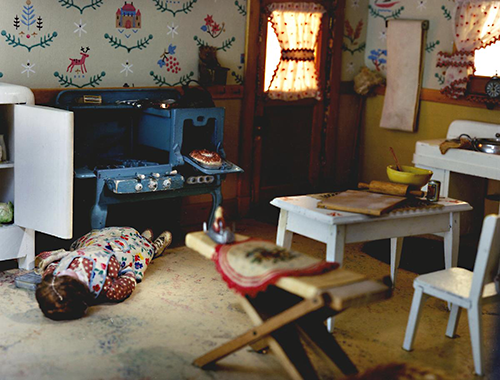Undergraduate Seminar:
Art Meets Law

This course addresses how visual artists have negotiated legal doctrines, structures and images as an integral part of their immediate and overall practices. Primarily focusing on American art after 1970 vis-à-vis U.S. common law and statutes with some exceptions, this course explores such topics as artists' uses of certificates of authenticity, the nature of language, practices in fabrication and recreation, police surveillance images, and questions relating to appropriation. Artists to be discussed include Richard Prince, Sally Mann, Felix Gonzalez-Torres, Akasegawa Genpei, and Maria Eichhorn. Contracts define when and where artworks (especially conceptual works and so-called Earthworks) are made, shown, and even destroyed, while various legislative and regulatory acts provide rich source material for artists looking to mine the ambivalence intrinsic to the contested relationship between culture and politics. Taking into special consideration the significance of the viewer and of his or her apprehension of form, this course focuses on what visual artists, and by extension, art has to say about the law rather than on what has law done to art.
HISTART category for concentration distributions: D. Europe and the US, 4. Modern and Contemporary
Intended audience:Open to qualified undergraduates and graduate students; no previous knowledge or experience of legal studies necessary.